Boy Scouts is a worldwide organization that teaches young people to be good citizens and trains them to become leaders. More than 40 million young people and adult leaders belong to Scouting units in about 165 countries. Scouts are taught to do their duty to God, to their country, and to other people. Their motto is Be Prepared, and their slogan is “Do a Good Turn Daily.” Their method is learning by doing. Scouts practice citizenship by electing their own youth leaders and by learning to work together. As Scouts work and play outdoors, they acquire skills in camping, conservation, first aid, outdoor cooking, swimming, and woodcraft.
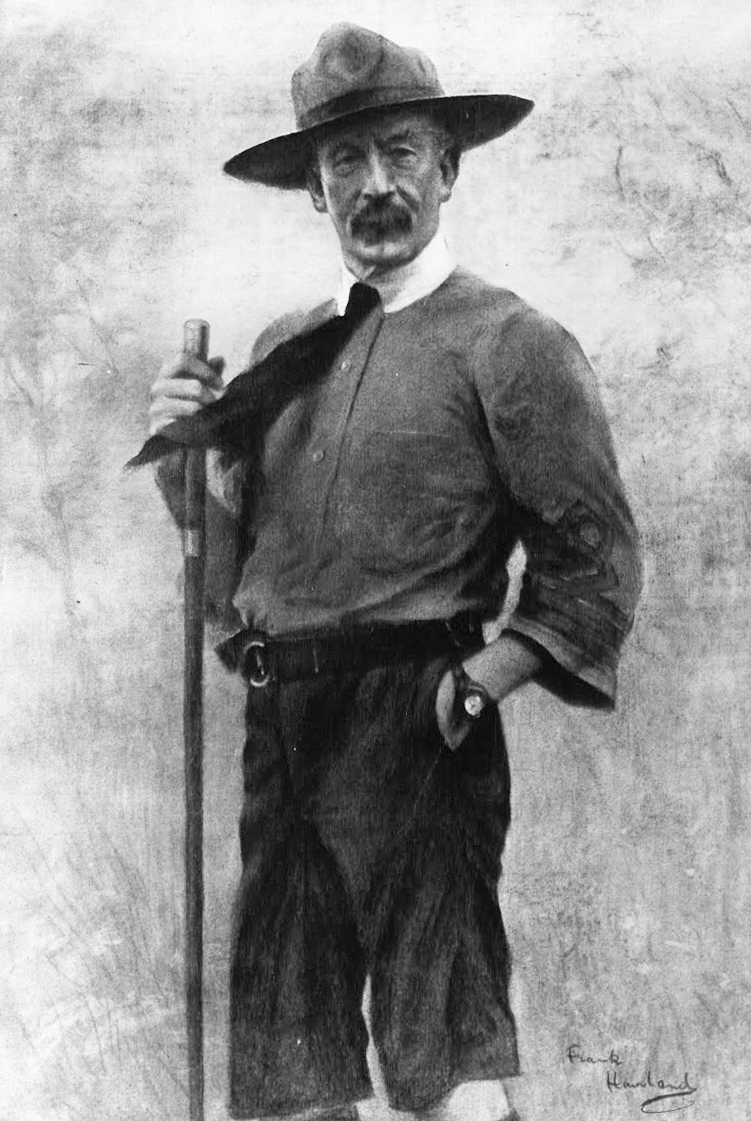
Lord Robert Baden-Powell, a British Army officer, started the Boy Scout movement in England in 1907. That year, he organized a camp for 20 boys on Brownsea Island. Baden-Powell wrote the first Boy Scout manual, Scouting for Boys (1908). The Boy Scout movement spread to the United States because of a good turn (friendly act) performed for William D. Boyce, an American businessman, in 1909. A British Boy Scout helped Boyce find his way in a London fog. In response to that good deed, Boyce and others founded the Boy Scouts of America in 1910. Today, about 21/2 million young people and nearly 1 million adults belong to the Boy Scouts of America, also known as the BSA.
This article discusses mainly Scouting in the United States. For information about Scouting in Canada, see Scouts Canada.
Boy Scouts of America
Youths from about 5 through 20 years of age may become members of the Boy Scouts of America. The BSA welcomes youths and adult leaders regardless of their economic status, education, ethnicity, race, religion, and sexual identity and orientation. Scouting is divided into four programs: (1) Cub Scouting, (2) Scouts BSA (formerly Boy Scouting), (3) Venturing, and (4) Sea Scouting. In 2018, the BSA began admitting younger girls to the Cub Scouting program for the first time. In 2019, the Boy Scouting program was renamed Scouts BSA and began admitting older girls. Both young men and women may join the Venturing and Sea Scouting programs for older youths. The president of the United States is the honorary president of the BSA.
There are Scouting units in almost every U.S. city, town, and rural community. A youth who has no group nearby may become a Lone Scout by writing to the National Office in Irving, Texas. Handbooks and program materials written in Spanish are available for Spanish speakers. In addition, young people with disabilities can take part in BSA programs according to their capabilities.
The BSA is financed by the registration fees of all of its members. Other sources of income include the sale of Scouting uniforms and equipment, endowments, and advertisements in BSA publications. The Boy Scouts of America publishes bulletins, handbooks, magazines, and pamphlets related to all phases of its activities. The Scouts BSA Handbook, first published in 1910 as The Handbook for Boys, became one of the highest-selling books in the United States. It includes materials not only for Scouts but also for people who are interested in outdoor life. The organization also publishes the magazines Boys’ Life, for youth members, and Scouting, for adult leaders.
Cub Scouting,
which began in 1930, is a program for youths who are in kindergarten through fifth grade in school. Cub Scouts prepare to enter the Scouts BSA program. Ideally, six to eight Cub Scouts make up a den. Each den elects one of its members to be denner (youth leader). A den usually meets once a week. An adult (man or woman) serves as den leader. A Scout or Venturer called the den chief helps the den leader carry out den activities. Each den is part of a Cub Scout pack (unit). A pack, led by an adult Cubmaster, meets once a month. According to tradition, Akela << ah KAY lah >> is the head of the pack. Akela was the leader of the wolf pack in the English author Rudyard Kipling’s classic children’s work The Jungle Book (1894). Cub Scouts give the name Akela to any good leader, such as their Cubmaster or den leader.
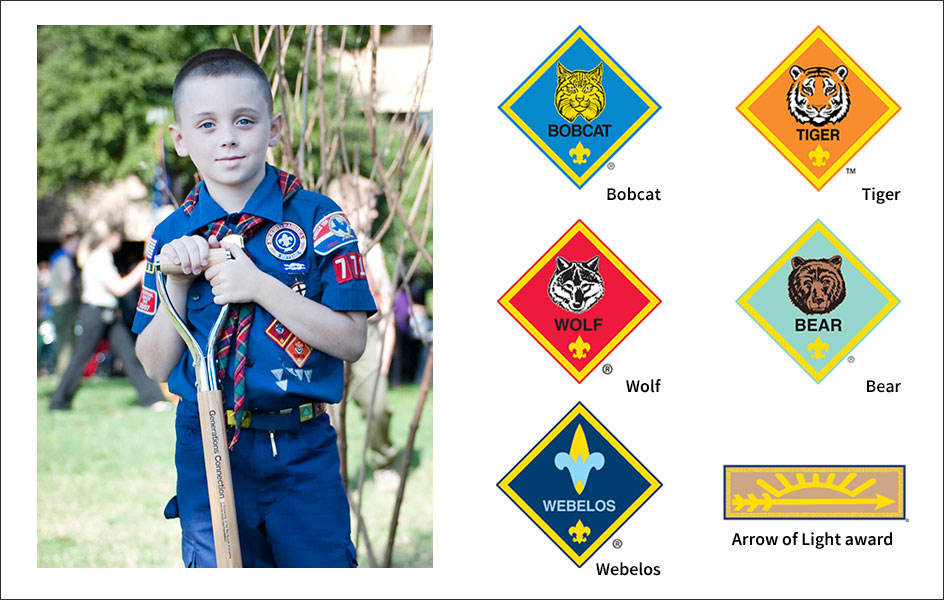
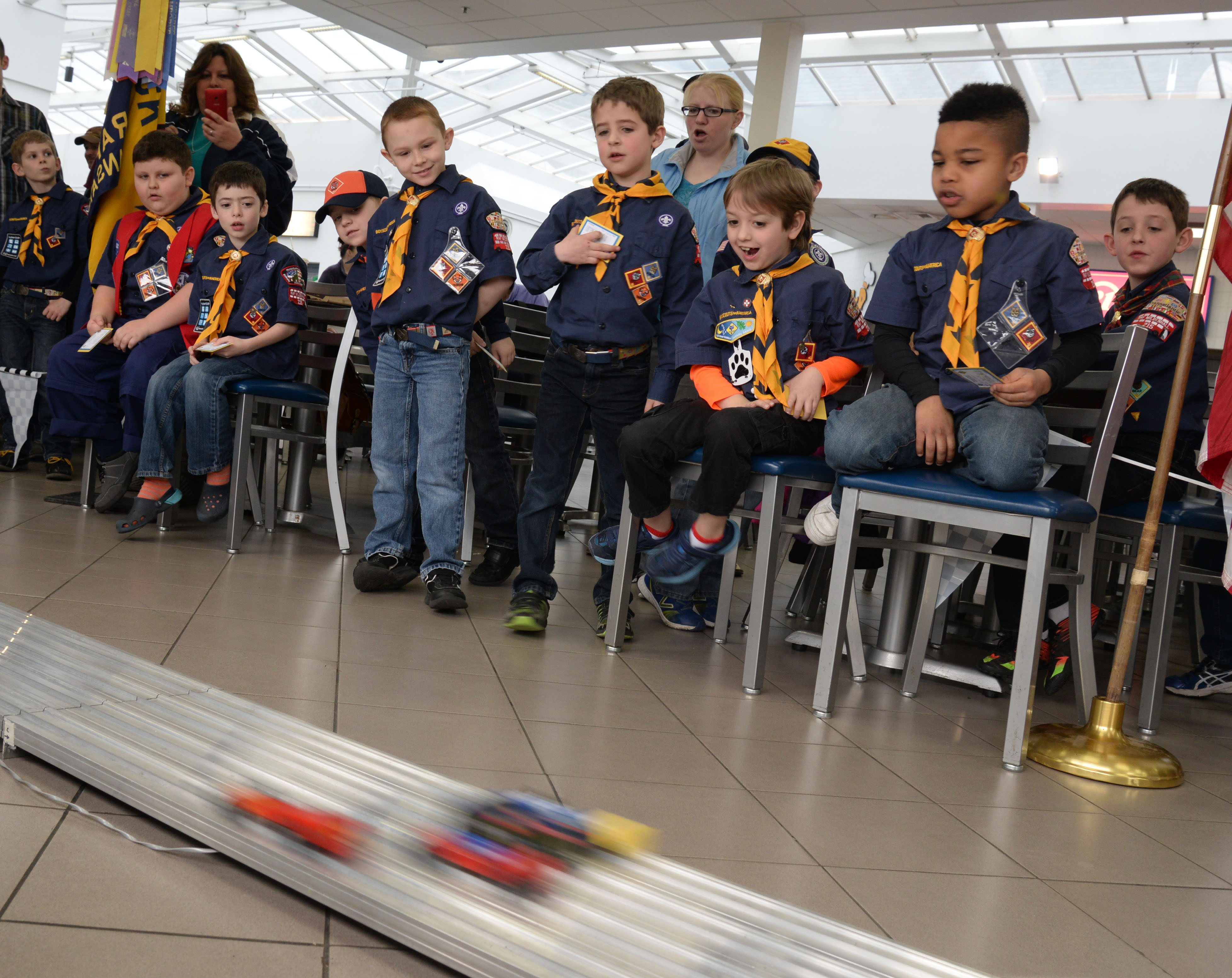
Lion
is the earliest rank in Cub Scouting. A youth who is in kindergarten may work toward Lion rank. The Lion program introduces young children and their families to Scouting. After kindergarten, Lions become Tigers, the next of several grade-specific levels of Cub Scouting.
Lions and other Cub Scouts must complete a number of required and elective (freely chosen) adventures to earn rank badges. Adventures are learning units about different subjects, such as the arts, cooking and nutrition, designing and playing games, first aid and safety, nature and science, and outdoor activities. Adventures vary depending on a Cub Scout’s rank. They help youths develop Scouting skills and values. Together with an adult partner, a youth must complete five required Lion adventures to earn the Lion badge. Lion Scouts also may complete a number of elective adventures.
Bobcat.
All youths in the first grade or higher who are new to Scouting must earn the Bobcat badge before working toward their grade-specific rank—Tiger, Wolf, Bear, or Webelos. To earn the Bobcat badge, a youth must learn the Cub Scout sign, salute, and motto; the Scout Oath; and the Scout Law. The Cub Scout motto is Do Your Best. The Scout Oath is:
On my honor I will do my best To do my duty to God and my country And to obey the Scout Law; To help other people at all times; To keep myself physically strong, Mentally awake, and morally straight.
The Scout Law has 12 points. It states that a Scout is trustworthy, loyal, helpful, friendly, courteous, kind, obedient, cheerful, thrifty, brave, clean, and reverent.
Tiger
is the next grade-specific rank in Cub Scouting. A youth who is in the first grade may join the Tiger Cub program. This program stresses activity, fun, and relationships between the youth and adult, and the youth and the den. A youth must complete six required and one elective Tiger adventures with an adult partner to earn the Tiger badge.
Wolf, Bear, and Webelos
are the next highest ranks in Cub Scouting. Cub Scouts in the second grade must complete six required and one elective Wolf adventures to earn the Wolf badge. They must attend a camp-out, study their communities, learn about physical fitness, and complete other activities. They must know how to show respect for the U.S. flag, to tie knots, and to practice safety, among other skills.
Cub Scouts in the third grade must complete six required and one elective Bear adventures to earn the Bear badge. These are similar to Wolf adventures, but more difficult to complete.
A young person in the fourth or fifth grade may join a Webelos den. The name Webelos stands for the phrase “We‘ll be _lo_yal _S_couts.” Webelos Scouts must complete five required and two elective Webelos adventures. They also can work to earn the Arrow of Light Award, the highest award of Cub Scouting. To earn this award, they must complete four required and three elective Arrow of Light adventures.
Scouts BSA.
Youths from 11 through 17 years old can join Scouts BSA. Those who are at least 10 and have either completed the fifth grade or earned the Arrow of Light Award also may join the program, even if they have not been Cub Scouts. Those who have not been Cub Scouts first must learn and promise to follow the Scout Oath and the Scout Law.
To advance in Scouts BSA, a young person must be loyal to the ideals of Scouting and must pass various tests of skill and knowledge. The tests, and loyalty to the ideals, help a Scout learn courage, resourcefulness, and self-reliance.
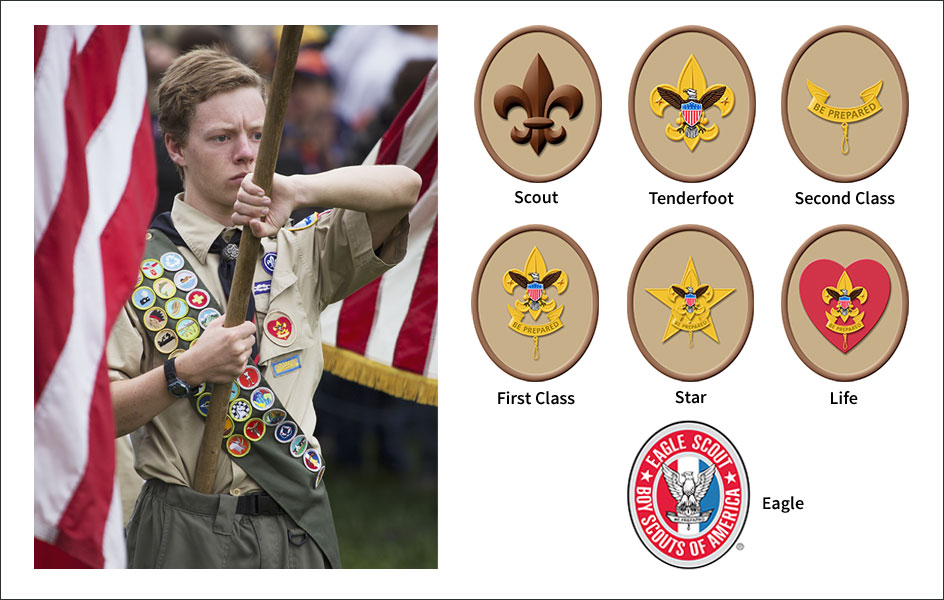
About six to eight Scouts form a patrol. Each patrol elects one member as patrol leader and one as assistant patrol leader. One or more patrols form a troop, led by an adult Scoutmaster and one or more adult assistant Scoutmasters.
Scout
is the first rank in Scouts BSA. Scouts must repeat from memory the Scout Oath, Scout Law, Scout motto, and Scout slogan. They also must repeat from memory the Outdoor Code to protect the environment and the Pledge of Allegiance. Finally, they must demonstrate the Scout handshake, salute, and sign.
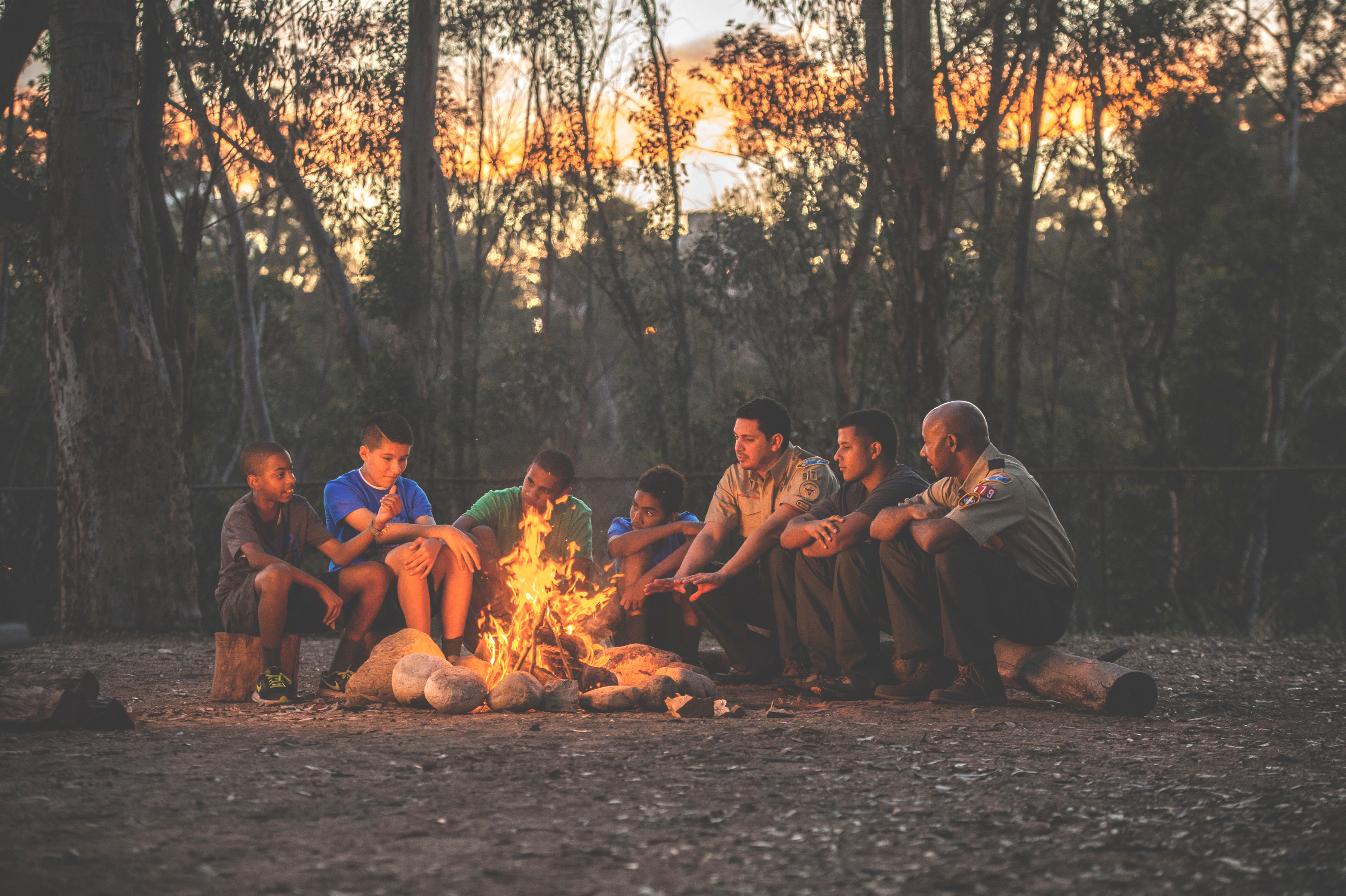
Tenderfoot
is the second rank in Scouts BSA. Tenderfoot Scouts must demonstrate the Scout spirit by living the Scout Oath and Scout Law. They also must tell how they have lived four different points of the Scout Law in their everyday lives.
Tenderfoot Scouts must have spent one night on a camp-out, used the proper camping gear, and helped prepare a meal. They must know the rules of safe hiking, how to tie several knots, and how to use an ax, knife, and saw. They must have learned simple first aid for blisters, choking, cuts and scrapes, and nosebleeds. Tenderfoot Scouts must be able to identify poisonous plants and treat someone affected by such plants. They must know how to present and care for the U.S. flag. They also must have completed other requirements, such as passing a physical fitness test.
Finally, a Tenderfoot must have had a personal conference with a Scoutmaster. Such conferences are held each time a Scout is ready to advance from one rank to another. In the conferences, the Scout and Scoutmaster review the youth’s progress and decide on the best course to follow to advance to the next rank.
Second Class Scout
is the third rank in Scouts BSA. Second Class Scouts must understand the principle of “Leave No Trace,” the idea that Scouts must leave an area just as they found it, or in better natural condition. They must know how to use a map and compass. They must be able to prepare a fire and use a lightweight stove to cook a meal. Second Class Scouts also need to understand more first aid than Tenderfoot Scouts. Other requirements include passing a swimming test, managing money wisely, and knowing how to counteract bullying.
First Class Scout
is the fourth rank in Scouts BSA. First Class Scouts must help plan a meal and serve as patrol cook on a camp-out. They must be able to explain the principle of “Tread Lightly,” the idea of using public recreation areas responsibly. They also must complete an orienteering course, a cross-country hike in which they use a map and compass to reach certain checkpoints. Additionally, they must demonstrate how to use a handheld Global Positioning System (GPS) unit, identify two ways to obtain a weather forecast, and explain why such forecasts are important when planning outdoor activities.
A First Class Scout must understand cardiopulmonary resuscitation (CPR), a first-aid procedure to revive a person whose breathing and heartbeat have stopped. Other requirements include passing a more advanced swimming test, interviewing a civic leader, and investigating a local environmental issue.
Star Scouts, Life Scouts, and Eagle Scouts.
To become a Star Scout, a youth must have been a First Class Scout for at least four months and have earned six merit badges, including four required for Eagle Scout. Scouts can earn merit badges in more than 135 subjects, such as citizenship, communications, emergency preparedness, environmental science, medicine, and personal fitness.
A Life Scout must have been a Star Scout for at least six months and have earned a total of 11 merit badges, including 7 required for Eagle Scout.
To become an Eagle Scout, a young person must have been a Life Scout for at least six months and have earned 21 merit badges (13 specified badges and 8 others). Star, Life, and Eagle Scouts also must meet certain character, leadership, and service requirements. Eagle Scout is the highest rank in Scouting.
Additional awards.
Besides recognition for advancement, Scouts can earn many other awards for accomplishments in various fields. For example, Scouts may earn awards for conservation efforts and service projects. They also can earn awards for achievements in leadership, outdoor activities, and science and technology, and for passing the requirements to become a BSA Lifeguard.
Eagle Scouts may earn Eagle Palms by earning more merit badges than the 21 required. They may earn such additional badges before or after the 21 required for Eagle Scout. They receive a Bronze Palm for 5 additional merit badges, a Gold Palm for 10, and a Silver Palm for 15.
A Scout or Scout leader may receive a Medal of Merit for an exceptional act of service, and an Honor Medal for saving or attempting to save another person’s life at risk to oneself. The National Court of Honor grants the Medal of Merit and Honor Medal.
Service activities.
The Scout slogan is “Do a Good Turn Daily.” An important part of Scouting is to respect and care for other people. A troop might do a Good Turn for senior citizens or plan an outing for children with disabilities. Each Scout, to earn the Tenderfoot, Second Class, Star, and Life ranks, must participate in service projects. To become an Eagle Scout, a Life Scout must plan and develop a service project and lead other Scouts in carrying it out. Scouts also may take part in conservation projects or collect food for needy families. Scouts have helped during earthquakes, fires, floods, hurricanes, and other emergencies.
Venturing
is for young men and women 14 through 20 years old. Youths also can start Venturing if they are at least 13 years old and have completed eighth grade. Venturers share experiences in a wide variety of outdoor and hobby areas. They are organized into units called crews. Each crew elects its own officers (youth leaders). Adult advisors assist the officers.
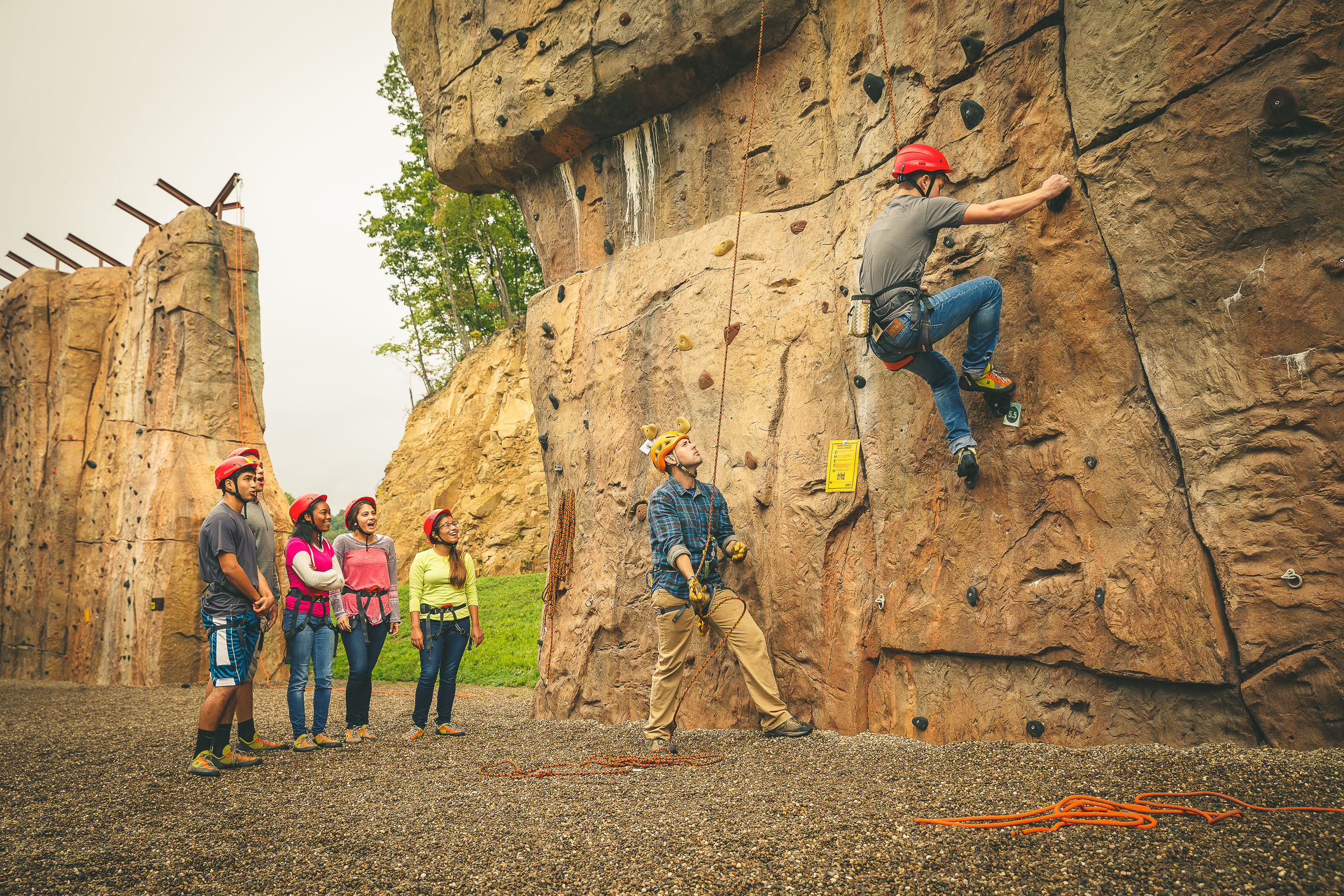
Venturing crews may focus on a particular activity or hobby interest, such as scuba diving or team sports. Many others take part in backpacking, kayaking, mountain climbing, and other outdoor activities. Crew programs help Venturers develop leadership and citizenship skills. The programs emphasize adventure, leadership, personal growth, and service.
Sea Scouting
is for young men and women interested in boating, navigating, and managing a vessel at sea. Youths from 14 through 20 years old, and those who are at least 13 and have finished eighth grade, may participate. Sea Scouts may choose one of three tracks (areas of interest)—military, marine industry, and recreational boating. Sea Scout units are called ships. Each ship elects its own officers, and adult leaders offer guidance and support.
Learning for Life and Exploring.
Local BSA councils may deliver the Learning for Life and Exploring programs to boys and girls. Learning for Life is a character-education program for prekindergarten children through 12th graders. It focuses on building such qualities as honesty, respect, responsibility, and self-discipline. Exploring teaches life and career skills to youths from 10 through 20 years old. It provides hands-on, interactive character and career activities, and mentorship from local business and community leaders. Both programs are products of Learning for Life, a nonprofit organization affiliated with the BSA. Participants need not be members of the BSA.
Organization.
There are tens of thousands of Cub Scout packs and Scouts BSA troops, and thousands of Venturing crews and Sea Scouting ships in the United States. The BSA grants churches, schools, and other community groups and organizations permission to sponsor these Scouting units. The sponsor organizations usually provide financial assistance, meeting places, and other support as needed. Each unit has a committee of at least three adults that represents the sponsor organization. This committee is responsible for providing additional adult leadership, transportation, and other support for unit activities.
Hundreds of local BSA councils conduct the Scouting program. They keep records on membership and advancement, provide summer camps, organize expeditions, and conduct leader training courses for youths and adults. They are responsible for keeping high standards in their local Scouting units. Every organization that sponsors a Scouting unit sends a representative to the monthly meetings of the local BSA council. Local councils elect volunteer officers and executive board members once a year. A Scout executive and a professional staff serve each council on a full-time, paid basis.
The National Council supervises the BSA. Each local Scout council appoints delegates to attend the annual meeting of the National Council. The delegates elect the National Executive Board, which directs the nationwide BSA program.
Each year, the National Council grants hundreds of awards to men and women for their volunteer services to young people. The highest recognition for such service is the Silver Buffalo Award, presented to U.S. citizens for distinguished service to youth at the national level. The service may or may not be associated with the Scouting movement. Two related awards are given to adult members of the BSA—the Silver Antelope Award, for distinguished service to youth in a BSA region; and the Silver Beaver Award, for distinguished service to youth in a local BSA council.
Scouting throughout the world
The World Organization of the Scout Movement (WOSM) is responsible for Scouting around the world. Its governing body is the World Scout Conference. Each national Scout organization belongs to the conference, which meets every three years. The conference elects a 12-member World Scout Committee to do its work between meetings.
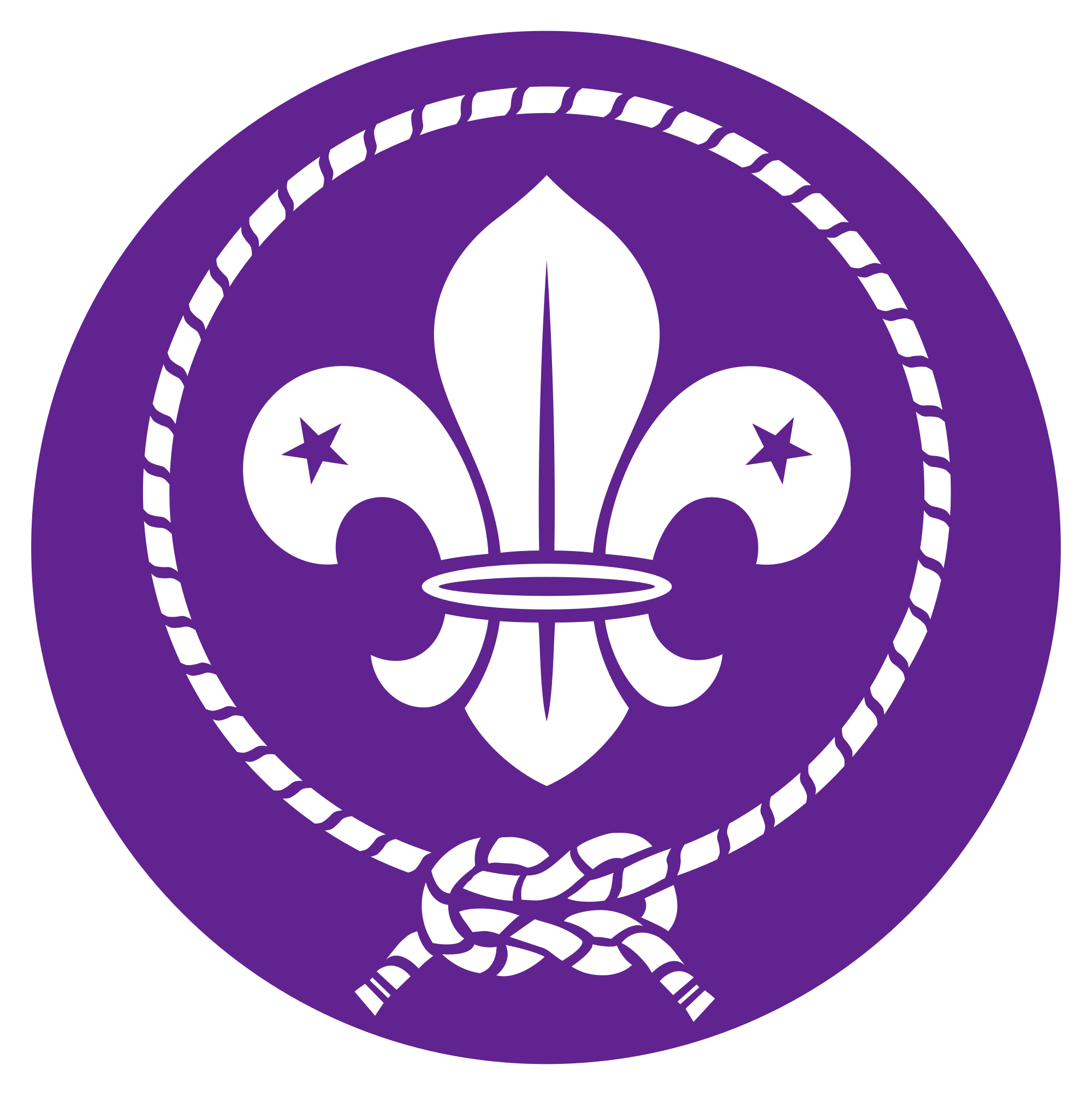
The World Scout Conference tries to unify Scouting aims. It admits new member countries, provides for the exchange of ideas, and arranges international meetings and programs. The World Scout Committee established the World Scout Bureau to strengthen national organizations and to spread Scouting worldwide. The bureau has its legal headquarters in Geneva, Switzerland, and its chief administrative offices in Kuala Lumpur, Malaysia.
Jamborees are among the most important Scouting events. At national jamborees, Scouts from all areas of a country spend 7 to 10 days camping together. The Boy Scouts of America held its first national jamboree in July 1937, at the invitation of President Franklin D. Roosevelt. Over 27,000 Scouts and their leaders camped at the foot of the Washington Monument in Washington, D.C.
During world jamborees, held every four years, Scouts from all parts of the world meet one another. Jamborees include such events as Scouting demonstrations and pageants that show the clothing, crafts, customs, histories, and hobbies of the nations represented. Flags of all the countries fly over the campsite, and groups sing songs from the different lands. The first world jamboree took place in the United Kingdom in 1920, when 8,000 Scouts from 34 countries camped together. Today, tens of thousands of Scouts and leaders from different countries attend world jamborees.
